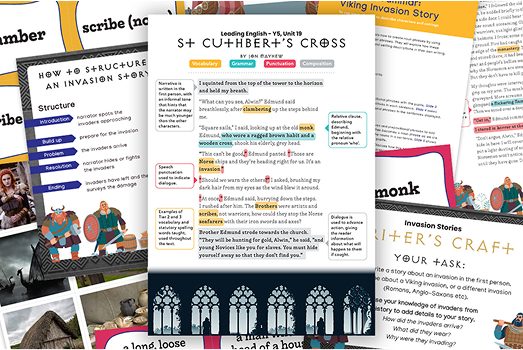We all know oracy matters. It underpins communication, thinking and learning across the curriculum. Many schools have rightly introduced strategies like think-pair-share or turn and talk – but classroom tactics aren’t the same as curriculum content.
Oracy strategies aren’t the curriculum – and that distinction matters
Pedagogy is how we teach. Curriculum is what we teach. Both shape pupils’ experience – but if spoken language isn’t explicitly included in your English curriculum, it can easily get lost.
Here are a few questions to reflect on:
- Are oracy outcomes clearly mapped across your curriculum – or do they rely on general good practice?
- Does spoken language have a defined place in your long- and medium-term plans?
- Are pupils taught oracy, or is it something that just happens?
From literacy to English – what changed?
Before the 2014 curriculum, we assessed reading, writing and speaking and listening. With the arrival of English (and the end of levels), spoken language became harder to track. Many schools dropped discrete oracy lessons – and in some cases, spoken language objectives disappeared from planning altogether.
If you asked 100 teachers to describe what English includes, how many would mention oracy?
The risk: oracy by chance, not design
Of course, pupils will still talk, share, present and debate in class – especially with strong pedagogy in place. But without a sequenced, coherent approach to teaching spoken language, we risk leaving oracy to chance.
Progress becomes patchy. Expectations vary. And children who need more support – or more challenge – may not get it.
So where do you start?
Return to the national curriculum
Yes, it’s easy to overlook – but spoken language is part of the English programmes of study. You’ll find the objectives on pages 7-8. They’re the same from Y1-Y6, so it’s up to schools to map a clear developmental journey.
Review your intent
What role do you want spoken language to play in your English curriculum? Is oracy a core component of your vision – or an afterthought?
Map what’s really happening
What’s on paper is only part of the story. Where is oracy being taught as an objective, not just used as a strategy? Are there gaps, overlaps, missed opportunities? Speak to teachers. See how planning and practice align.
Support subject knowledge and delivery
If staff haven’t taught spoken language objectives before, they’ll benefit from support – through CPD, co-planning, team teaching and reflective conversations. A few simple changes can make a big difference to confidence and impact.
How we can help
At Leading English, we’ve built oracy into the heart of our curriculum. Our model texts, planning and frameworks make it easier for teachers to embed spoken language across key stages – with confidence and clarity.
We’ve done the legwork – so your team doesn’t have to.





